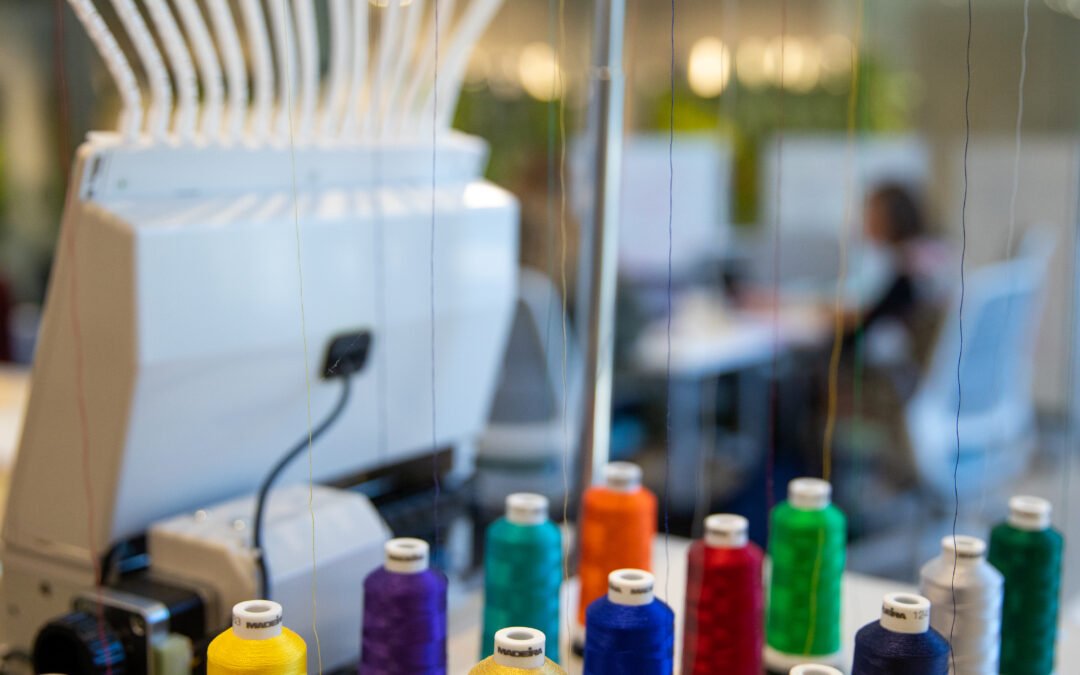What are the 5 biggest trends in wearable technology?
Wearable technology, while not new, is evolving in a way that is only made possible by tremendous advancements in available technology in all spheres; new materials, configurations, and concepts are being conceived all of the time, some for the express purpose of creating wearable technology, and some for entirely different functions but will be repurposed for wearable tech. This is an exciting time for the technological advancement of humanity, and wearable technology is in many ways at the forefront.
These 5 trends are some of the biggest and most intriguing concepts we are working with today.
IOT as Ubiquitous
The wearable tech trend that immediately comes to mind is that we are heading toward a future where ‘smart’ wearables are commonplace. Already, we have smart devices in many of our everyday objects, from doorbells to washing machines, and we are increasingly more connected to our world through our ever-present smart phones.
Certainly, funding and enthusiasm in the market support this vision of the future. For example, Athos is a clothing company that has designed a smart garment that monitors human movement. Intended for home fitness use, the body suit has “plug and play” IMUs, or inertial measurement units, that can measure body position and motion. This company has been able to raise over $50 million to effectively produce this wearable for commercial use.

Flexible Materials
One of the biggest challenges in wearable tech is the constraints of existing materials. In the world of electronics, traditional components, such as microprocessors and sensors, are hard and rigid. When applied to a wearable, rigid materials can collect reliable data yet be uncomfortable to wear. For this reason flexible materials, such as those being created using nanotechnology and soft elastopolymers, facilitate a more comfortable wearable device.
For example, researchers at Harvard’s Wyss Institute have developed a technique for 3D printing soft, flexible sensors that can be worn directly on the skin.

Textile based materials/material science
Which leads me to the 3rd trend in wearable technology: textile-based electronic components. For ultimate comfort and seamless integration (no pun intended), having components constructed out of fabric is second to none. New conductive materials, including stainless steel threads and silver-coated fabric can substitute for traditional hard metal wires and sensors. There are many open-source electronics companies that are making these materials easily accessible, such as Sparkfun and Adafruit, which both offer online tutorials and kits for easy application. The ultimate goal for true, user-centered comfort is a truly fully integrated wearable electronic, and textile components are integral to achieving that goal.
Aesthetics as Design Consideration
As a fashion designer, working in the health sciences was a dramatic shift from the world I knew. Fashion is all about beauty, aspiration, and aesthetics as driving metrics. In the world of healthcare, improving patient function is the most important goal. As a result, function-first design will often come at the price of patient comfort, with style a distant afterthought.
Style, or device aesthetics, is rarely considered an important design consideration, even regarded as superfluous. In my experience aesthetics have proven to be critical to achieving the goal of improving patient function.
Aesthetics lead to patient compliance, because the patient feels comfortable, both physically and psychologically, in the device.
For example, traditional prosthetics often were designed to be discrete, by looking like an actual human limb, or purely functional, by using a metal bar and hinged footplate.
Bespoke Innovations, a company at the forefront of medical aesthetic design, asks why not make prosthetics not only functional but also beautiful? One of their products is a prosthetic leg cover for the metal bar that are limb shaped but come in innovative designs such as laser-cut lace:

By highlighting, rather than hiding, what makes us different, we are showcasing the beauty of diverse bodies. We all want to feel accepted and for some that means blending in. But why not show off what makes you different and by doing so, say “This is me! I may not have the same body as you, but I am unique and that makes me beautiful.”
Practicality
The last wearable technology trend that I want to highlight is more of a hope for the future. More often than not wearable technology being designed and created, in both the academic and commercial space, is not practical. What I mean is, often wearable tech is designed with a “can we do it” attitude rather than “do we need it?” My guiding mission in designing and creating wearables to make devices that are based on a NEED not a WANT.
We have a responsibility to our patients to create wearables that improve health, independence and quality of life, but are also practical, usable for everyday life, readily available and accessible. My hope for the future is that practicality becomes a universal trend for wearable technology.
Looking Towards the Future
These are some of the biggest and most important trends today but I am always looking towards the future for new and exciting ways to improve lives and advance our field. If you have enjoyed this blog please subscribe here. Thanks for reading and I hope this inspires you to get out there and innovate!


Recent Comments